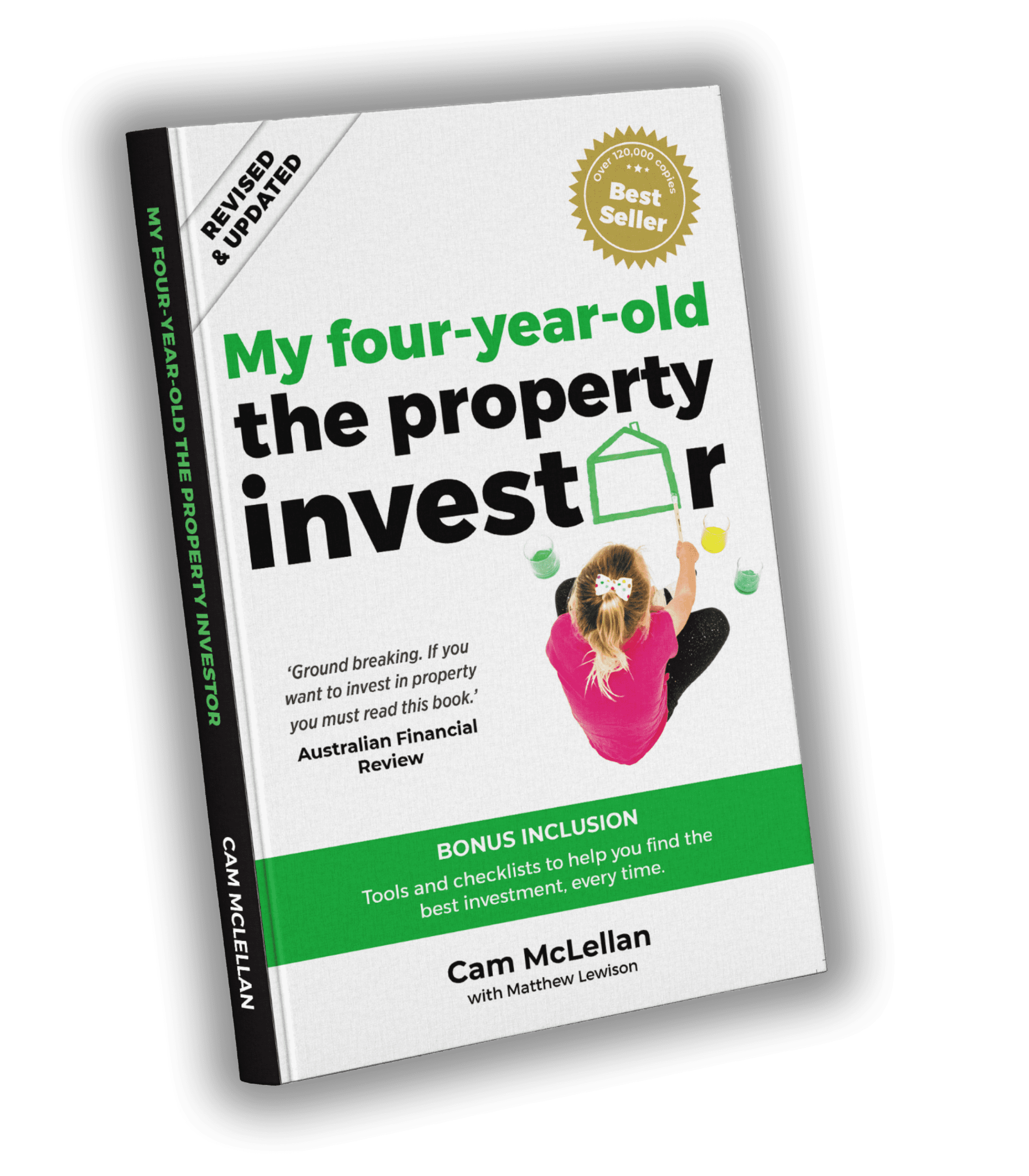Most of us know that the use of a property is affected by the “zone” that it is in, but very few people know what that actually means. In fact, properties are affected by a lot more than just the Council zoning. There are also Overlays, Special Development Precincts, Structure Plans, Town/City Plans, and a whole heap of legislation that can impact the value of your property.
In the property industry, we call these “land-use constraints”.
Of course, just because you aren’t a property professional and there are things you don’t know, it doesn’t mean that you should shy away from investing. The key to success is making sure that you know what you don’t know, and have the tools to fill that gap. This means ensuring that you have a checklist for undertaking due diligence on any property that you are considering purchasing, and a team of experts who do know what they are doing to help you understand the risks associated with a particular property.
Investors who want to succeed should also expand their knowledge, so to help you learn more about these land-use constraints, here is a short summary of the things you need to know:
Zoning
Zoning is a method used by urban planners and government bodies to systematically structure areas which legally defines the areas/properties intended use. Understanding zoning is one of the most important parts of purchasing property, as it dictates the highest and best use of the site. The highest and best use of the site is critical to how your property performs, as it governs what is legally permissible to be built, places restrictions on what physically can be built and how it can be used.
Description: While there are many specific zones, the five major zones govern a number of precincts, these five zones are:
- Residential: Land that is zoned for various types of housing and living space.
- Commercial: Land zoned for businesses to operate out of
- Industrial: Land that is to be used for businesses of industry, manufacturing and logistics
- Agricultural: This is land that is deemed best use as farmland.
- Mixed Use: an area that promotes different uses for example: a retail precinct with apartment block above
Within each of these primary zones exist more specific zoning requirements, for example, within residential zoning, the land can be zoned for Low Density – single family homes or a small number of units with a maximum height two storey, Medium Density Residential – multiple dwelling properties that are typically no higher than five stories and High Density Residential – allows for construction of larger scaled developments
Example of risk: Purchasing an industrial zoned block located in an industrial precinct with warehousing and heavy manufacturing to build a single family home. As the blocks intended use is industrial and the highest and best use of the site is industrial, council will not approve a single family home building on that block.
Overlays
While the primary method of organising land is zoning, the secondary method, which only covers certain areas, are in the form of overlays. These are managed by local government and apply special controls over the land and what will impact it. Importantly, we look at flooding overlays, heritage overlays and overland flow overlays to give us an accurate picture of what could possibly effect the lot itself as well as the construction of a home on the lot.
Description:
- Flooding, overland flow path, road widening, public acquisition, special purpose
Example or risk: road widening overlay that indicates that the front of a property might be resumed in future by Council or the Main Roads Department to increase the width of the road
Planning Scheme
The Planning Scheme governs how the zones and overlays will be applied. It is the rule book for the properties potential. Planning schemes change by state and continue in excess of 500 pages of written text and legislation.
- Town/City Plan
- A subset of the Planning Scheme that relates to a specific location within the Council area. This generally affects activity zones, such as around transport hubs, major shopping centres etc.
- The City Plan can override the typical zoning within an area, with regard to building setbacks, maximum heights, carparking requirements etc
- Easements and Right Of Way (ROW)
- An Easement or ROW is a right that one land owner has over another plot of land, these easements are given for specific purposes unique to the lot and the individual. Easements usually are registered on the plan of subdivision of the property and can include “statutory easements” which include electricity, sewerage and telecommunication lines. It is essential to know if an easement or ROW applies to your prospective lot as it could drastically change the buildable area on the land as well as the value and capital growth.
- Example: stormwater easement, driveway easement, emergency access, pathways or walkways, right to park a vehicle, access roads, electricity and gas supply lines. Each of these will effect your property in different ways taking up more or less space depending on the specific easement. Some types such as the electricity or gas supply lines may not be visible on your property but still require you to not build over the top of them whilst others such as pathways or access roads may have a more visible effect on your lot.
Services
The key when analysing services on a property is the connection point and if the property has the appropriate services connected to it. Electricity, sewerage and water all require a point of connection to get it from the public grid into your home, knowing that service lines are connected to the block help mitigate any future risk to the overall desirability of the block.
As you can see, there is a lot more to owning a piece of land than just the location, outlook, or the type of soil. Property investors own an asset that has value because of the rights bestowed on it from the planning scheme. Sadly, the planning scheme instruments can also impair the value of a property if it prohibits or constrains the purchaser’s preferred use of the land.
Therefore, it is critical to expand your knowledge of the factors that govern the use of land, and to undertake structured due diligence. OpenCorp has decades of experience, having acquired thousands of properties for ourselves and our clients, and we work with a team of experts that assist us and our clients in undertaking the appropriate searches and analysis of the land-use constraints.







